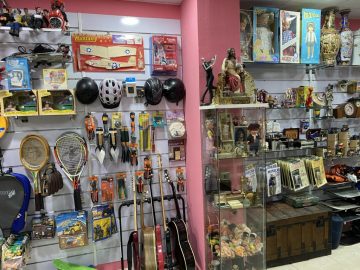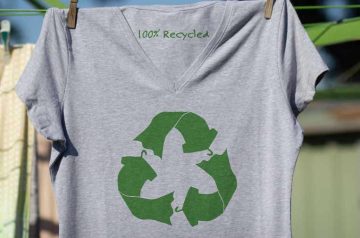
Consumers cling to the imagination to try to spend less
The escalation of prices has led to changes in consumer habits, such as the use of car sharing or the rise of second-hand clothing stores and private labels.
The steady escalation of inflation, stemming from the war in Ukraine, has sent prices soaring in recent months. The increase in the price of some products -especially food and fuel- has set record records and has forced many consumers to look for new ways to try to reduce expenses, using their imagination.
The Ukrainian war broke out a year ago in a context in which prices had already risen as a result of the post-pandemic economic recovery. “It’s like if an injury catches you untrained, it catches you bad and makes you recover worse,” compares the professor of the EAE Business School, Àlex Alegret. Despite the Spanish government’s approval in March last year of a first package of measures to reverse the generalized increase in costs, prices continued to rise and peaked in the summer. “In the end you only have one pocket. Some money comes in and with it you have to organize your life. And it all starts with sleeping, eating, drinking and dressing. If you raise the price of everything, you will obviously pay for it, but you will have less and less,” summarizes Alegret, who recalls that salaries have not risen in the same way as prices have. This would explain why many consumers have been forced to look for alternatives to spend less and have changed their purchasing habits.
Boom in second-hand clothing stores
One sector that has seen an increase in sales is thrift stores. Many consumers have no qualms about going to one of them to buy clothes for less money. Francesc Garriga, owner of the Flamingos business in Reus acknowledges that “in recent months we have noticed the presence of new customers looking for bargains. Our success is a mix of several things: vintage fashion is back, sustainability, but also price. And the latter has been quite noticeable in recent months. For example, with people coming in looking for branded shirts.”
Flamingos does not buy second-hand clothing from individuals. It does so to vintage stores in the United States and, lately, to European department stores. Flamingos customers can find a Lacoste sweater – which would cost between 120 and 140 euros in a first-hand store – for 30 euros at most.
Savings? Sustainability? Fashion? Jordi Quintero is one of these young people who has recently opted to buy his clothes in second-hand stores. Although he admits that he saves some money, he also comments that there are other reasons that lead him to this practice. “The main reason for going to buy clothes in second-hand stores is out of a willingness to give a second life to garments that someone else has not wanted to continue to have. Also knowing information about labor and child exploitation practices with large multinationals, second-hand stores offer a comfortable alternative,” says this young man.
The Humana Foundation has found that the consumption of used clothing in Barcelona has grown by 25% in the last year and in 2022 exceeded one million customers for the first time. “These are quality pieces at affordable prices, and in this context of inflation, prices are a big factor in attracting customers,” explains Humana spokesman Joan Carles Montes.
changes that are here to stay
One of the doubts is whether these changes that have come hand in hand with inflation are here to stay. Both the OCU and Aecoc agree that these new consumer habits will continue at least during the first half of 2023, as there are still products with skyrocketing prices. For his part, the professor of the EAE Business School predicts that when inflation passes there will be a “correction” in consumer habits, but believes that some trends will remain.


